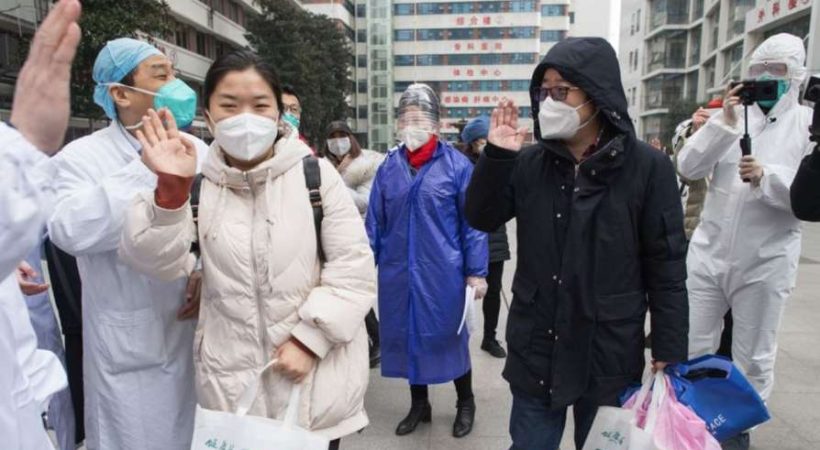Coronavirus ‘stemmed’ in China, Wuhan begins easing restrictions

After days and months of battling with the deadly coronavirus, China is now happy to inform the world that COVID-19 has effectively been stemmed from the country. The authorities have finally started easing the restrictions laid on Wuhan’s 11 million people who were under lock down since January 23. The restrictions were relaxed as Wuhan did not report any new case for the 5th consecutive day on Monday.
As of now, the country has not reported any new domestic cases, although the number of imported cases rose to 39. This has forced the government to ramp up measures to strictly quarantine people coming from abroad so as to prevent another virus outbreak. Currently, the death toll in the country is 3,270 and 9 fatalities have been reported so far and the confirmed cases are 81,093 as of Sunday. The NHC said that 81,093 positive cases in the country can be split as 3,270 people who died of the disease, 5,120 patients who are still undergoing treatment and 72,703 patients that have been discharged after recovery.
The Central Leading Group (CLP), headed by Premier Li Keqiang that is coordinating the efforts to contain the virus since January 23, said that the virus has been stemmed in the country as well as in Wuhan.
However, the risks for sporadic infections and localized outbreaks still exist. Also, the situation is still complex and challenging and there is a need to remain cool and not let off guard.
“Wuhan city and Hubei province should stay focused on medical treatment and community-level containment as the two key priorities. They should continue to treat the severe cases, promptly admit new cases, and advance epidemiological investigations,” the meeting noted. Officials have finally allowed people to get back to work in Wuhan and restrictions on transport are being eased gradually.
Wuhan with its 56 million people was locked down since January 23 when the deadly virus broke out in the city reportedly at a live animal market in December last year. This virus became virulent and started infecting thousands of people in the city and province leaving the government unsure of what to do. Although, there are no new cases of the virus for the past few days, it is the arduous efforts by the government and health authorities of the country that has led to a huge decrease in the number of cases since the lock down in Wuhan two months ago, Mi Feng, an official with NHC (National Health Commission), told the media.
However, the authorities are still expecting potential risks of spreading and even cluster outbreaks, Mi noted. The state-run Xinhua news agency reported that there is still a lot of hard work involved in completely preventing and controlling the epidemic. Even though the domestic cases that were reported decreased drastically, the imported cases seem to increase at a heavy rate. Due to the surge in imported cases, the government announced that all international flights to Beijing to be redirected to airports in 12 other Chinese cities from Monday.
According to the Civil Aviation Administration of China (CAAC), international passengers flying to Beijing will land in 12 cities including Shanghai, Tianjin, Nanjing and Shenyang as their first points of entry. China also announced that its international travelers should “think twice” about choosing to land in Beijing for flight transfer in view of the restrictions.
Passengers that arrive in the designated city airports will have to go through entry procedures and quarantine measures before they continue their flights to Beijing. The authorities have also urged travelers to reserve enough time for their next flights to make sure they do not miss their outbound flights.
Meanwhile, the total number of deaths due to coronavirus stood at 15,189 globally, according to multiple reports. Over 341,300 declared cases have been registered in 174 countries and territories since the epidemic first emerged in China in December.















